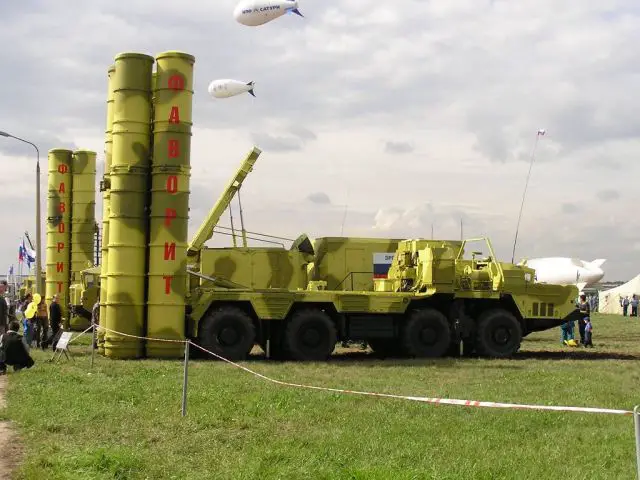|
|
|||
|
Defence & Security News - Russia / Iran
|
|||
|
|
|||
| Russia will start delivery of advanced version of S-300 air defense missile system to Iran in 2016. | |||
|
Vladimir Kozhin, Russian President Vladimir Putin’s aide on military-technical cooperation, said that Russia is assembling a more advanced version of its S-300 surface-to-air missile defense system to begin its shipment to Iran by 2016. He noted that Moscow is also modernizing some parts of the system and changing contract terms such as the pricing.
|
|||
|
|
|||
 The S-300PMU2 is the latest generation of Russian-made air defense missle system of the S-300 family. The S-300PMU2 is the latest generation of Russian-made air defense missle system of the S-300 family. |
|||
|
|
|||
|
“The Iranians want them as soon as possible, and we are trying too. There is activity to prepare new legal contracts, new conditions and thus prepare systems for delivery,” Kozhin said.
He added that some of the military systems that had been intended for sale to Iran were supplied to other clients, and that some parts of other S-300 systems stored across Russia have undergone “serious modernization” with the passage of years. In April, Iranian Defense Minister Brigadier General Hossein Dehqan announced that Iran will receive the S-300 air defense systems from Russia in 2015. 'We will sign the contract for the delivery of S-300 air defense systems with the Russian side during an upcoming visit to Moscow in the current year,' Brigadier general Dehqan said prior to his departure to Moscow to take part in 2015 International Moscow Security Conference. He noted that the Iranian Defense Ministry has studied the details of the S-300 contract and the air defense system will be delivered to Iran before the end of 2015. 'What is important is that since the beginning of talks about this contract, the Americans and the Zionist regime voiced their opposition to the sale of S-300 systems and called for a halt to the implementation of the contract,' Brigadier General Dehqan said. In April, President Putin removed the ban on the delivery of the missile shield to Iran. Following the announcement, Brigadier General Dehqan said 'the decree came as an interpretation of the will of the two countries' political leaders to develop and promote cooperation in all fields'.The S-300PMU-2 Favorit NATO designation SA-20B gargoyle B , introduced in 1997, is an upgrade to the S-300PMU-1 with range extended once again to 195 km with the introduction of the 48N6E2 missile. system is apparently capable against not just short range ballistic missiles, but now also medium range tactical ballistic missiles. The S-300PMU2 Favorit can engage targets flying from 10 m to 27 km above the surface at a speed of up to 10,000 km/h. It is claimed that it has a kill ratio ranging from 0.8 to 0.93 against aircraft and from 0.8 to 0.98 against Tomahawk-class cruise missiles. The S-300PMU2 can engage up to 6 targets simultaneously while providing guidance for up to 12 missiles - two missiles per target ensuring target kill. The S-300PMU2 Favorit can use the launcher unit 5P85TE and 5P85SE. |
|||
Russia will start delivery of advanced version of S-300 air defense missile system to Iran in 2016 10108151
- Posted On














